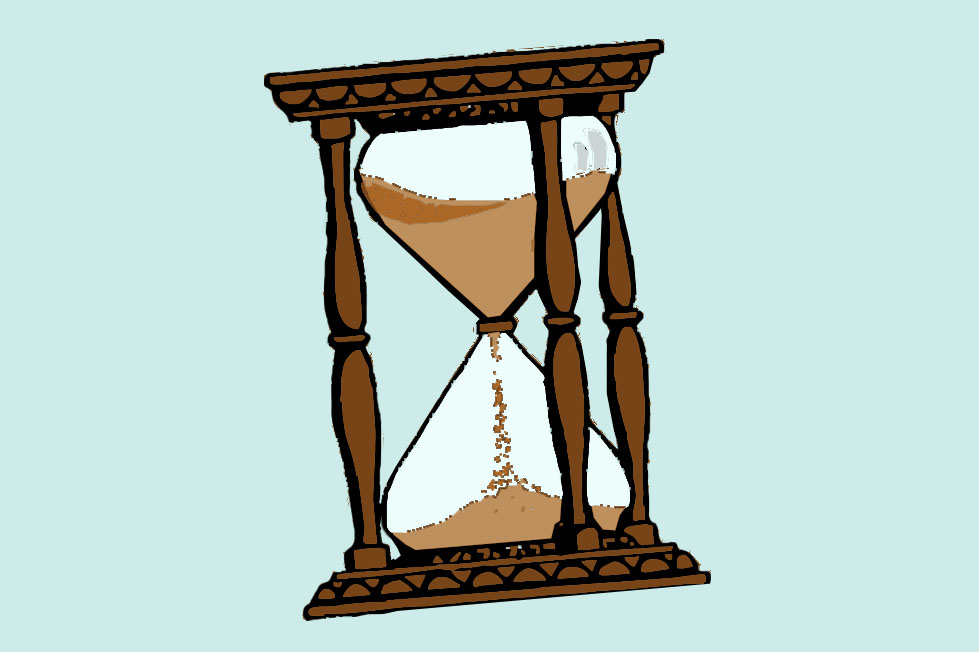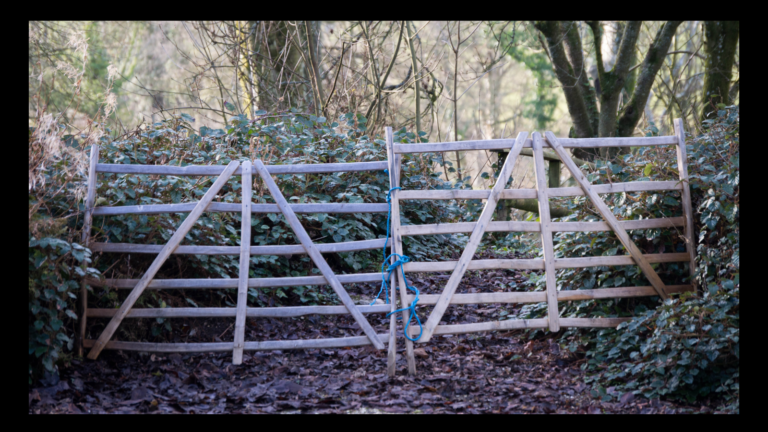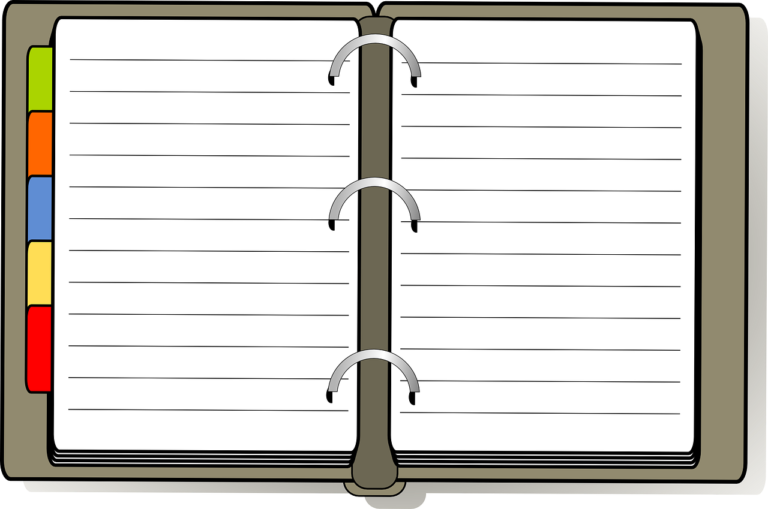Who needs structure? We all do! Especially if we want to accomplish much in life.
Several years ago, I read an article about Picasso. It said he knew how to draw and paint the traditional way, and had perfected that style long before he took up abstract art. In other words, he knew the rules, but also knew how to “break” them.
It occurred to me that the rules we all have to follow (and which so many “free spirits” hate) are what help us succeed with our creative projects.
Trying to write a convincing sales letter? Make sure you include the right ingredients.
Writing a press release about your company’s new product? Ignore the right format, and your message will probably never reach your target audience.
Submitting a proposal for a big contract? Miss the deadline, and you’ll probably lose the deal to one of your competitors.
This issue covers something most of us probably don’t associate much with creativity, but without it, we’ll always be struggling … no matter what we’re working on. That “something” is STRUCTURE.
* * *
All three types of structure listed below will help your writing. They’re not listed in order of importance, but in the order they’re most helpful when starting out on a new project.
Time Structure
DEADLINES are the ultimate type of structure when it comes to time. And some people (those who say they work best under pressure) need them for everything they do. But time structure comes in other forms, too.
SCHEDULES help you figure out the amount of time you actually have to devote to projects – especially helpful when you have to break down large projects into more manageable “chunks.”
Even FREE TIME can be considered a type of structure. I know people who actually schedule in their free time, as though it were an appointment, since they know how important “down time” is to their overall productivity … and creativity.
Visual Structure
Visual types of structure help you arrange ideas visually, usually with graphics. One method is “clustering” (sometimes called “bubble writing” because of the way it looks on paper). In the book Writing the Natural Way, Gabriele Russo explains in great detail how this system works. (See Resources below.)
Clustering helps you get ideas written down before the “inner critic” blocks them. It also bypasses the anxiety and resistance that often accompany writing, which helps ideas flow … which, in turn, makes writing much easier (and more fun!).
I got to see this technique demonstrated by the author herself, in a writing class I took at a local junior college. Our class instructor, well-known author Bud Gardner, knew this technique would help us in our freelance writing. And it did!
However, clustering is something you can use with ANY type of writing, so I hope you’re willing to try it out yourself sometime.
Writing Structure
This type of structure is what most people associate with writing: grammar, spelling, proper syntax … all the “rules” we had to learn in junior high English.
When you sit down to write your article, essay, press release, or other piece of marketing material, those rules are no doubt on your mind. They’re probably the #1 reason so many shy away from writing – or at least, think of it as harder than it needs to be.
Had I majored in English in college, I might have gotten more hung up on all these rules. But in journalism, we were allowed to “break” the rules – within reason, that is. But we could never have done that if we didn’t know what the proper rules were to begin with. (Kind of like Picasso with his art.)
* * *
So what do clustering, deadlines, and grammar have in common? They all provide boundaries that give shape to our creativity and power to our words. Combine these three tools with your own writing, and I know you’ll see amazing results.
RESOURCES
Time Management for the Creative Person, by Lee Silber, is full of ideas and suggestions on figuring out which methods would work best for you. While trying to figure out how to explain how readable this book is, I saw that the author did a great job of that in his preface:
“Knowing your tendency to jump around, I made each chapter stand alone so you can jump in wherever you like. … I guarantee you will discover something you can use to help manage your time more effectively no matter how chaotic your life is now.”
Writing the Natural Way, by Gabriele Lusser Rico. This book explains why clustering makes writing so easy. It also explains why revising what you’ve written is easier with this method (Chapter 11: “Re-Vision: Less Is More”).
The Elements of Style, by William Strunk, Jr. and E.B. White. In addition to the usual reference tools (dictionary, encyclopedia, thesaurus, almanac), this is a resource you should always have on hand.
First published in 1959, the latest version of this classic is the 4th edition, released in 1999. As The New York Times says: “Buy it, study it, enjoy it. It’s as timeless as a book can be in our age of volubility.”








